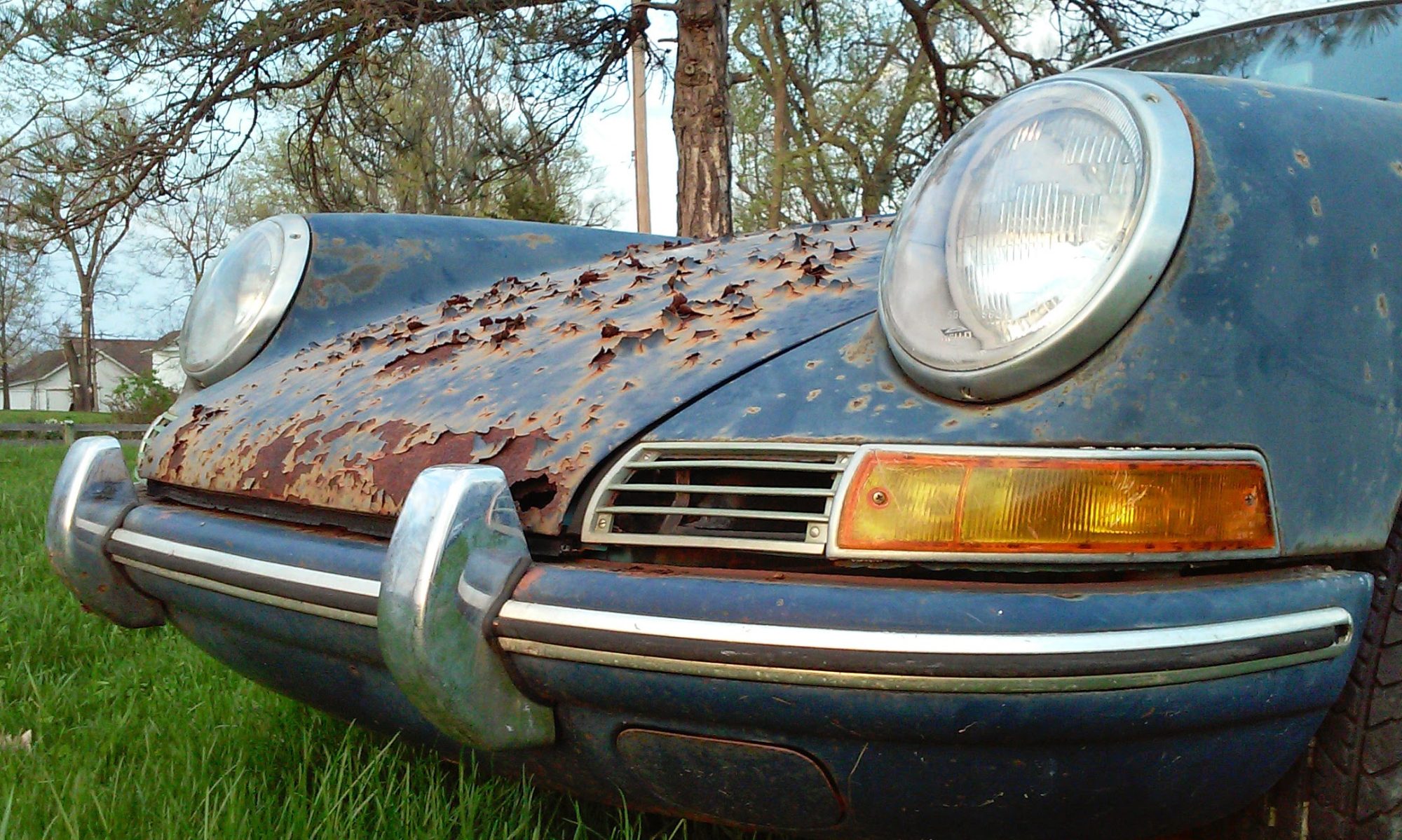The distance: 2,400 miles to Los Angeles.
The car: The dead nut reliable 1993 Eagle/Mitsubishi Summit ES with four cylinder, 12V, 92 horsepower motor.
The goal: Train for the 24 Heures Du Mans.
The 24 Heures Du Mans is the world’s oldest, the first one being held in 1923, and most difficult sports car endurance race. And while no one driver, other than Eddie Hall heir to a textile business who used its proceeds to go racing, became the only man, before or since, to drive the entire 24 hours solo in 1950, I wanted to train for it. All 24 hours of it. Yes I know, it is mandated that three drivers must share the duty but I was challenged by history. I wanted to drive 24 hours straight. I wanted to train for Le Mans.
During the summer of ’95 I had taken two weeks off of work and drove the country, Seattle to Michigan, Michigan to LA, LA back to Seattle. During the second and longest leg, a diagonal crossing of the country green flanked by Pictured Rocks in the upper peninsula of Munising, Michigan, I headed south down US-51 on route to HWY 44 before connecting with HWY 40 into the city of too many angles. It was somewhere along this open stretch of highway 44, built by what I can only assume was a government contract to the lowest bidder, I had the brilliant idea to train for a race that technically didn’t exist.
It was a race against myself but still no car was allowed to pass me. If it did, I followed it until it eventually turned off the freeway and passed it back up. Speed was under the radar at 80-90mph with only a few pushes into triple digits. Slow and steady would win my race. Stops were relegated to when I needed gas, oh to have a young bladder again, and drinks limited to small amounts of caffeine via Diet Coke. Details get foggy when you are driving 19, 20 and 21 hours. But there was a single clarity I would focus on, the mark, make it to the next rest area. If you feel good, drive on to the next one. With windows down, hand slaps to the face and music blaring — “Next Rest Area 53 Miles” would be my demise. I had driven 23 hours 30 minutes and fell a measly 1,800 seconds short of reaching my goal.
Fast forward to a girls’ coming of age party in 2011 and we found ourselves in France two months before the Grand Prix of Endurance and Efficiency. Disappointed that we wouldn’t be able to coordinate a race weekend this visit, we headed for Le Mans to find the next best thing, the Musée des 24 Heuers Du Mans. An unmatched opportunity to bring our passion together with “training” at the birthplace of endurance.
The 24 Hours of Le Mans Museum opened in April 2009 and is spread over 43,000 sq. feet. It is located right next door to the Circuit de la Sarthe, the race circuit used for the 24 Hour race. Along with permanent exhibitions dedicated to the Le Mans 24 Hours event, there are more than 100 incredible cars on display plus dozens of films and archival photographs. The Museum also houses a number of sets and scenes reconstructing the atmosphere of the Le Mans 24 hours from yesteryear.
Our visit on that late April Wednesday was exhilarating. The static displays created an immersion into a culture of mechanical and driver dominance that we’d never be able to replicate, even when watching the race itself. Life size posters allowed us to stand face to face with some of the greatest names in endurance racing, Nuvolari, Porsche, Enzo, Ford. Nine separate TV monitors displayed footage and photos from every decade of the race’s existence. Multiple dioramas put you right on the grid. And the cars wow the cars. What few of them were roped off was complimented by those that weren’t. It was a chance to get up close and personal with precision crafted steel, leather, glass and alloy built to travel the fastest, longest and hardest of any automobile in the world. It was brilliant.


